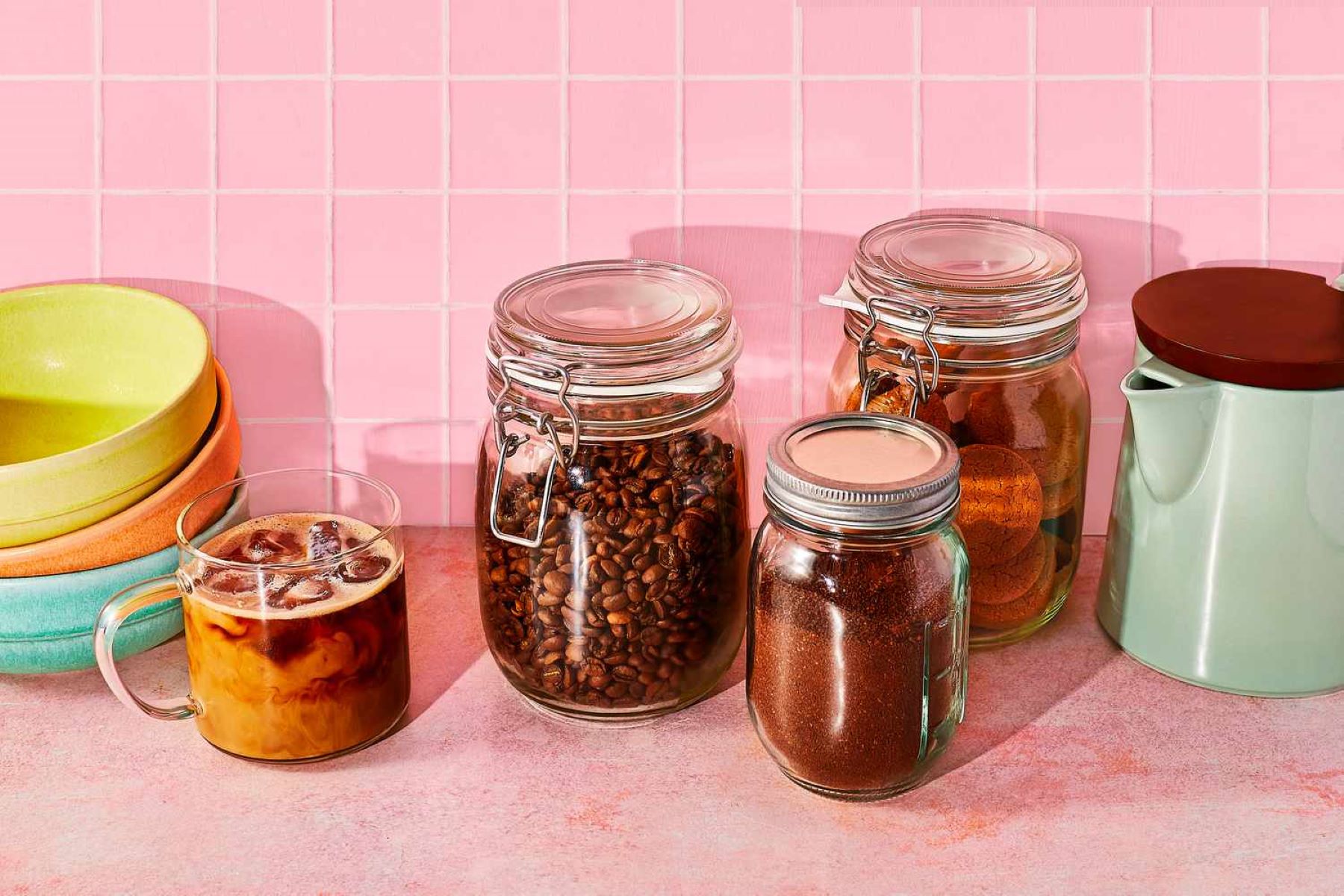

Articles
How To Store Coffee Beans For Freshness
Modified: January 7, 2024
Learn how to store coffee beans properly to maintain their freshness and flavor. Read our articles for expert tips and techniques.
(Many of the links in this article redirect to a specific reviewed product. Your purchase of these products through affiliate links helps to generate commission for Storables.com, at no extra cost. Learn more)
Introduction
Welcome to the world of coffee, where the aroma and taste of freshly brewed coffee can transport you to another dimension. As a coffee enthusiast, you understand the importance of using high-quality beans to brew the perfect cup of Joe. But did you know that proper coffee bean storage is just as crucial as the brewing process itself? In this article, we will explore the significance of storing coffee beans correctly and provide you with some essential tips to keep your beans fresh and flavorful.
Whether you prefer whole bean or ground coffee, maintaining the freshness of the beans is essential to preserve their taste and aroma. Coffee beans are sensitive to their environment and can quickly lose their flavor if exposed to the wrong conditions. By understanding the factors that affect coffee bean freshness and implementing the best storage practices, you can prolong the lifespan of your beans and savor the best possible cup of coffee every time.
In the following sections, we will delve into the various factors that impact coffee bean freshness and explore the best practices for storing them. We will also discuss the role of temperature and humidity in coffee bean storage and highlight common mistakes to avoid. So let’s dive in and discover the secrets to keeping your coffee beans fresh and flavorful for longer periods.
Key Takeaways:
- Proper coffee bean storage is crucial for maintaining freshness, flavor, and aroma. Understanding factors like air exposure, temperature, and humidity is key to preserving the quality of your beans.
- Recognizing signs of coffee bean freshness loss and implementing revival techniques can help extend the usability of stale beans. Experimenting with brewing methods and blending with fresher beans can enhance the flavor.
Read more: How To Store Fresh Coffee Beans
Why is proper coffee bean storage important?
Proper coffee bean storage is essential because it directly affects the quality and flavor of your coffee. When coffee beans are exposed to air, light, moisture, and heat, they undergo a process known as oxidation. This process can rapidly deteriorate the flavor and aroma of the beans, resulting in stale, lackluster coffee.
By storing your coffee beans correctly, you can preserve their freshness and ensure that each cup of coffee you brew delivers a taste sensation. Here are a few key reasons why proper bean storage is crucial:
- Prolongs freshness: Coffee beans have volatile compounds that are responsible for their unique flavors and aromas. Proper storage helps to prevent these compounds from dissipating, keeping your coffee beans fresh for an extended period.
- Maintains flavor: Freshly roasted coffee beans contain complex flavors that can be lost if not stored properly. By protecting the beans from the elements, you can maintain their full flavor profile and enjoy a rich and flavorful cup of coffee.
- Preserves aroma: The fragrant aroma of coffee is a significant part of the overall coffee experience. Storing coffee beans in the right conditions helps to retain the aromatic oils, ensuring that each brew is a delightful olfactory experience.
- Reduces waste: When coffee beans go stale, their flavors diminish, and the overall quality of the coffee deteriorates. By storing your beans properly, you can minimize waste and get the most out of your coffee beans.
- Saves money: Buying high-quality coffee beans can be an investment, and proper storage allows you to get the most value out of your purchase. By extending the freshness of your beans, you can enjoy high-quality coffee for a more extended period without the need for frequent replacements.
Overall, proper coffee bean storage plays a vital role in maintaining the taste, aroma, and quality of your coffee. By following the best practices and implementing the recommended storage methods, you can keep your beans fresh and delicious, allowing you to enjoy a superior cup of coffee every time you brew.
Factors that affect coffee bean freshness
Several factors can impact the freshness of coffee beans and contribute to their degradation over time. Understanding these factors can help you take the necessary precautions to preserve the quality of your beans. Here are some of the primary elements that affect coffee bean freshness:
- Air exposure: Oxygen is one of the biggest enemies of coffee beans. When coffee beans come into contact with air, a process called oxidation occurs, leading to flavor deterioration. It’s important to minimize air exposure as much as possible by storing your coffee beans in airtight containers.
- Light: Exposure to light can also impact the freshness of coffee beans. Ultraviolet radiation, present in sunlight and some artificial lights, can accelerate the breakdown of coffee compounds, leading to flavor degradation. To protect your beans from light, store them in a dark and opaque container, away from direct sunlight.
- Moisture: Coffee beans are hygroscopic, meaning they readily absorb moisture from their surroundings. Moisture can lead to the growth of mold and mildew, ruining the flavor and quality of the beans. It is crucial to store your beans in a dry environment and avoid exposing them to moisture or high humidity.
- Temperature: Temperature fluctuations can have a significant impact on coffee bean freshness. Extreme heat or cold can cause the oils in the beans to degrade, resulting in the loss of flavor. It is best to store your coffee beans at a stable and moderate temperature, preferably in a cool and dark place.
- Time: Lastly, the duration for which coffee beans are stored also affects their freshness. Coffee is at its optimum flavor within a few weeks of roasting. As time passes, the flavors gradually deteriorate. It is advisable to buy coffee beans in small quantities and consume them within a reasonable period to enjoy maximum freshness.
By considering and controlling these factors, you can significantly prolong the freshness and flavor of your coffee beans. Investing in proper storage techniques and maintaining ideal conditions can preserve the quality and ensure a delightful coffee experience with each cup you brew.
Best practices for storing coffee beans
Now that we understand the importance of proper coffee bean storage and the factors that can affect their freshness, let’s explore some of the best practices for storing coffee beans:
- Use airtight containers: To minimize air exposure, store your coffee beans in airtight containers, such as glass jars with rubber seals or specially designed coffee storage containers. These containers will help to keep oxygen out and maintain the freshness of the beans.
- Store in a cool, dark place: Heat and light can degrade coffee beans, so it’s crucial to store them in a cool and dark location. Avoid placing your beans near stoves, windows, or other sources of heat or light. A pantry or cabinet away from direct sunlight is an ideal storage spot.
- Avoid the freezer: Contrary to popular belief, storing coffee beans in the freezer is not recommended. Freezing can introduce moisture into the beans, leading to freezer burn and flavor loss. It’s best to keep coffee beans at room temperature for optimal freshness.
- Buy whole beans, grind as needed: For the freshest coffee, purchase whole beans and grind them just before brewing. Grinding exposes more surface area to air, accelerating the loss of flavor. By grinding your beans as needed, you can maximize their freshness and enjoy a more flavorful cup of coffee.
- Keep away from strong odors: Coffee beans can absorb odors from their surroundings, affecting their taste. It’s important to store them away from strong-smelling substances like spices or cleaning products. These odors can infiltrate the beans and compromise their flavor profiles.
- Avoid frequent exposure: Opening the container frequently allows air to enter and rapidly deteriorates the beans’ freshness. Aim to minimize the frequency of opening the container and only take out the amount of coffee you need for each brewing session.
By following these best practices, you can maintain the freshness, flavor, and aroma of your coffee beans for as long as possible. Implementing these storage methods will help you brew a consistently delicious cup of coffee and elevate your coffee experience to new heights.
Choosing the right container for coffee bean storage
When it comes to storing coffee beans, selecting the right container is just as important as following proper storage techniques. The container you choose can greatly impact the freshness and flavor of your coffee beans. Here are some key factors to consider when selecting a container for coffee bean storage:
- Airtightness: The container must be airtight to prevent the entry of oxygen, which can quickly degrade the flavor and freshness of the beans. Look for containers with airtight seals or lids that provide a secure closure to keep air out.
- Material: Choose a container made of materials that are non-reactive and do not absorb or transfer odors. Glass, ceramic, or stainless steel containers are excellent choices as they maintain the integrity of the coffee beans and do not alter their flavor.
- Opaque or UV-resistant: Exposure to light can cause coffee beans to deteriorate more quickly. Opt for a container that is either opaque or UV-resistant to shield the beans from light. This will help preserve their flavor and aroma for a longer period.
- Size: It’s best to choose a container that can accommodate the amount of coffee beans you typically purchase or consume within a reasonable time frame. This will help minimize excess air space in the container, reducing the risk of oxygen exposure.
- Easy to use: Consider the usability of the container. Look for features such as a wide-mouth opening that allows for easy access to the beans, and a design that facilitates pouring without spilling or exposing the majority of the beans to air.
- Labeling: While not essential, having a container that allows for labeling or has a clear window to see the contents can be useful for organizing and identifying different types or roast levels of coffee beans.
By carefully choosing the right container for your coffee bean storage, you can ensure that your beans remain fresh, flavorful, and protected from the elements. Invest in a high-quality container that meets these criteria, and you will be on your way to brewing consistently exceptional cups of coffee.
Store coffee beans in an airtight container at room temperature, away from light, heat, and moisture. Avoid storing in the fridge or freezer, as they can introduce moisture and odors.
Read more: How To Store Fresh Roasted Coffee Beans
The role of temperature and humidity in coffee bean storage
Temperature and humidity play a crucial role in preserving the freshness and quality of coffee beans. The right balance of these factors ensures that the beans do not undergo rapid flavor degradation or become susceptible to mold or moisture damage. Here’s a closer look at the role of temperature and humidity in coffee bean storage:
Temperature: Coffee beans are best stored at a moderate and stable temperature. Extreme temperatures can have a detrimental effect on the oils and compounds present in the beans, leading to flavor loss. Ideally, aim to store your coffee beans in an environment with a temperature range of 60-70°F (15-21°C). Avoid drastic temperature fluctuations, as this can accelerate the aging process of the beans.
Humidity: Moisture and high humidity can have a detrimental impact on coffee beans. Excess moisture can lead to the growth of mold and mildew, resulting in a foul taste and an elevated risk of health issues. It is best to store coffee beans in a dry environment with a humidity level below 60%. Ensure that the storage location is not exposed to sources of moisture, such as a sink, dishwasher, or humidifiers.
When it comes to humidity, it’s important to strike a balance. Too dry of an environment can cause the beans to dry out and lose some of their flavors and oils. On the other hand, excessive moisture can lead to degradation and spoilage. Monitoring the humidity levels in the storage area can help you maintain the optimal conditions for your coffee beans.
To create an ideal storage environment, consider the following tips:
- Avoid storing coffee beans in the refrigerator: Although refrigeration can help control temperature, the moisture present in fridges can negatively affect the beans. The temperature fluctuations and condensation can lead to moisture absorption, deteriorating the flavor and quality.
- Store away from heat sources and sunlight: Protect your beans from exposure to direct sunlight or heat sources like stoves, ovens, or microwaves. These elements can elevate the temperature and affect the flavor and freshness of the beans.
- Consider using a humidity control device: If you live in an area with high humidity, using a humidity control device or a dehumidifier in your storage area can help maintain optimal humidity levels for your coffee beans.
By paying attention to the temperature and humidity conditions in which you store your coffee beans, you can ensure that they remain fresh and flavorful for a longer period. Creating a stable environment free from extreme temperatures and excessive moisture will allow you to enjoy the best possible cup of coffee with every brew.
Avoiding common mistakes in coffee bean storage
Proper coffee bean storage is essential for preserving the freshness and flavor of the beans. However, there are several common mistakes that people often make when it comes to storing their coffee beans. By avoiding these mistakes, you can ensure that your coffee beans stay delicious and enjoyable for an extended period. Here are some common mistakes to watch out for:
- Storing coffee beans in the refrigerator or freezer: While it may seem like a logical choice to keep your coffee beans fresh, storing them in the refrigerator or freezer is not recommended. The moisture and temperature fluctuations can negatively impact the flavor and aroma of the beans, resulting in loss of quality.
- Using improper storage containers: Choosing the wrong container can lead to air exposure and flavor degradation. Avoid using containers with loose-fitting lids or transparent containers that allow light to penetrate. Instead, opt for airtight, opaque containers that keep out air and light.
- Buying in bulk: Purchasing coffee beans in bulk may seem cost-effective, but it can lead to a decline in freshness if you’re unable to consume them within a reasonable time frame. It’s best to buy smaller quantities of beans that you can use within a few weeks to ensure maximum freshness.
- Grinding all your coffee beans at once: Grinding your coffee beans exposes them to air, causing rapid flavor loss. It’s recommended to grind only the amount of beans you need for each brewing session. This way, you can keep the remaining beans intact and maintain their freshness.
- Failure to seal containers properly: Even if you have a good storage container, failing to seal it properly can allow air to enter and compromise the freshness of your coffee beans. Always ensure that lids or seals are tightly closed to maintain an airtight environment.
- Storing beans near strong odors: Coffee beans are highly absorbent and can easily pick up odors from their surroundings. Avoid storing them near strong-smelling substances such as spices or cleaning agents, as these odors can infiltrate the beans and alter their flavor profiles.
- Not rotating old and new beans: If you buy fresh coffee beans while still having older ones, it’s important to incorporate a rotation system. Use the older beans first to prevent them from going stale, and then move on to the newer batch to ensure optimal freshness.
By avoiding these common mistakes, you can maximize the freshness and flavor of your coffee beans. Taking the necessary precautions in storage and handling will allow you to enjoy a consistently delicious cup of coffee every time you brew.
Signs of coffee bean freshness loss
As coffee beans age, their freshness and flavor begin to deteriorate. It’s crucial to recognize the signs of coffee bean freshness loss so that you can ensure the best quality in your brew. Here are some common indicators that your coffee beans may have lost their freshness:
- Stale aroma: Freshly roasted coffee beans have a distinct and vibrant aroma. If your coffee beans have lost their aroma or smell musty or flat, it’s a sign that they are no longer fresh.
- Dull appearance: Freshly roasted coffee beans usually have an oily and shiny appearance. If your beans appear dry or lackluster, it may be an indication that they have lost their freshness.
- Flavor deterioration: One of the most significant signs of freshness loss is a noticeable decline in the flavor profile of the brewed coffee. The taste can become flat, muted, or even exhibit off-flavors. The vibrant and complex flavors that were once present may no longer be present in the cup.
- Bitter or sour taste: If your coffee tastes excessively bitter or sour, it may be a result of the beans going stale. As coffee beans age, they may extract differently, leading to an imbalanced and unpleasant taste.
- Increased acidity: Fresh coffee beans offer a balanced acidity that adds brightness to the cup. If you notice a sharp increase in acidity or an overwhelming sourness, it may be a sign that the beans have lost their freshness.
- Lack of crema (for espresso): If you brew espresso, a loss of crema, the creamy foam on top of the shot, can indicate coffee bean freshness loss. The crema is a reflection of the coffee beans’ freshness and the presence of carbon dioxide generated during the brewing process.
- Shorter bloom: When brewing coffee using methods like pour-over or French press, a shorter bloom time can be an indication of coffee bean freshness loss. The bloom refers to the release of carbon dioxide gas from freshly roasted beans. If the bloom is weak or short-lived, it suggests that the beans have aged.
It’s important to note that coffee beans can still be used even when they have lost some freshness, but the flavor will not be as enjoyable as when they were fresh. Depending on the severity of the freshness loss, you may consider using these beans for alternative brew methods or in recipes that incorporate coffee flavors.
To ensure the best possible cup of coffee, it’s recommended to purchase coffee beans in smaller quantities and consume them within a few weeks of roasting to enjoy the peak of freshness and flavor.
How to revive stale coffee beans
Discovering that your once-fresh coffee beans have gone stale can be disheartening. However, there are a few methods you can try to revive stale coffee beans and bring back some of their flavor and aroma. While these methods may not fully restore the beans to their original freshness, they can help improve the taste of your brew. Here are some techniques to revive stale coffee beans:
- Grind fresh before brewing: Grinding coffee beans just before brewing helps to maximize the flavors. Even if your beans have gone stale, grinding them fresh can release some of the trapped gases and enhance the aroma and taste of the coffee.
- Adjust brewing parameters: Experiment with different brewing parameters, such as water temperature, brew time, and coffee-to-water ratio. Adjusting these variables can help extract more flavor from your stale beans and produce a more enjoyable cup of coffee.
- Blend with fresher beans: Consider blending your stale beans with freshly roasted beans. Mixing the two together can help add some freshness and complexity to your brew. Try different proportions until you achieve the desired flavor profile.
- Try alternative brewing methods: If your stale beans are not delivering the desired taste in your usual brewing method, experiment with alternative brewing methods. Different methods, such as cold brew or immersion brewing, can extract different flavors and potentially mask some of the staleness.
- Use the beans in recipes: If your attempts to revive the flavor of the beans are unsuccessful, you can still make use of them in various recipes. Ground stale coffee beans can be used to flavor baked goods, create coffee-infused syrups, or even make coffee-flavored ice cream.
- Consider repurposing as fertilizer: If all else fails, you can repurpose your stale coffee beans as fertilizer for plants. Coffee grounds contain nutrients that can benefit certain plants, so mix them into the soil to enrich your garden or potted plants.
While these methods can help improve the taste and aroma of stale coffee beans, prevention is always the best approach. To maintain the freshness of your beans, it’s recommended to store them correctly and buy smaller quantities that can be consumed within a few weeks of roasting.
Remember, although revived stale beans may not match the complex flavors and aromas of freshly roasted ones, they can still offer an acceptable cup of coffee with some adjustments. It’s all about experimenting, finding what works for you, and enjoying the process of brewing your own cup of joe.
Read more: How To Store Coffee Beans
Conclusion
Proper coffee bean storage is an essential component of maintaining the freshness and flavor of your beloved coffee beans. By understanding the factors that affect coffee bean freshness and following best practices for storage, you can prolong the lifespan of your beans and ensure a consistently delightful coffee experience.
We have explored the significance of proper coffee bean storage and the role of temperature, humidity, air exposure, and light in preserving the quality of the beans. Avoiding common mistakes, such as storing beans in the refrigerator or freezer, using improper containers, or buying in bulk, can help maintain the freshness and taste of your coffee beans.
Recognizing the signs of coffee bean freshness loss, such as a dull appearance, stale aroma, or flavor deterioration, enables you to identify when your coffee beans have gone stale. However, it is possible to revive some of the flavor of stale beans by grinding them fresh before brewing, adjusting brewing parameters, or blending them with fresher beans. If all else fails, repurposing stale beans in recipes or as fertilizer ensures they don’t go to waste.
Remember, prevention is key. Choosing the right container for coffee bean storage, utilizing airtight and opaque containers, and controlling temperature and humidity in the storage environment are vital for maintaining coffee bean freshness.
Now that you are equipped with the knowledge and tips to store your coffee beans correctly, you can embark on the journey of savoring the finest flavors and aromas in every cup of coffee you brew. Embrace the world of coffee with passion and appreciation, and relish the experience of enjoying your favorite beverage at its absolute best.
Frequently Asked Questions about How To Store Coffee Beans For Freshness
Was this page helpful?
At Storables.com, we guarantee accurate and reliable information. Our content, validated by Expert Board Contributors, is crafted following stringent Editorial Policies. We're committed to providing you with well-researched, expert-backed insights for all your informational needs.
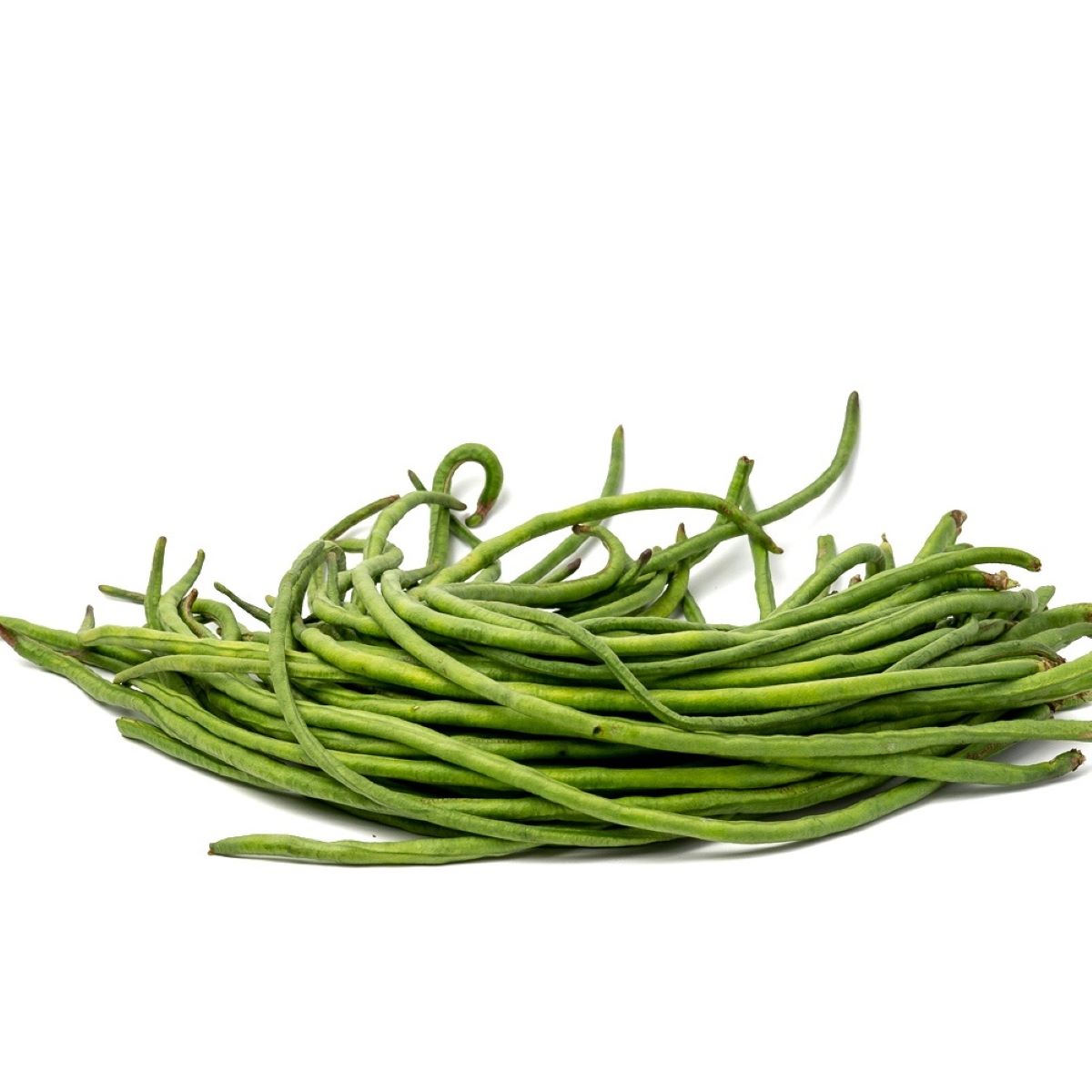
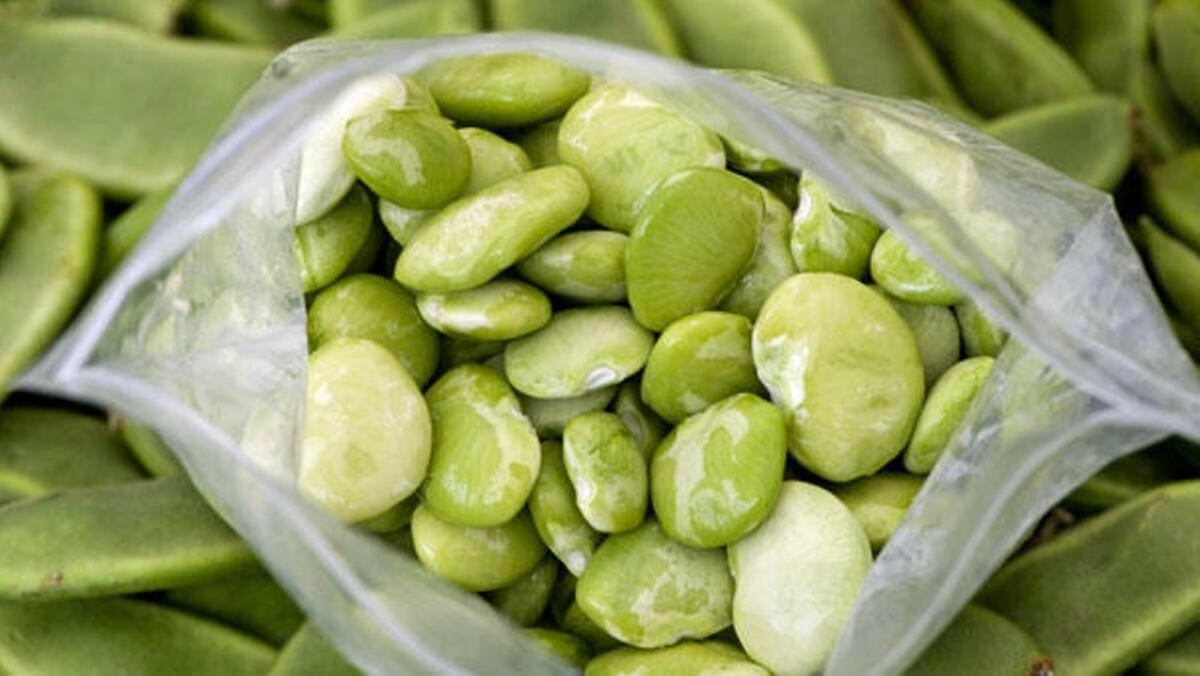

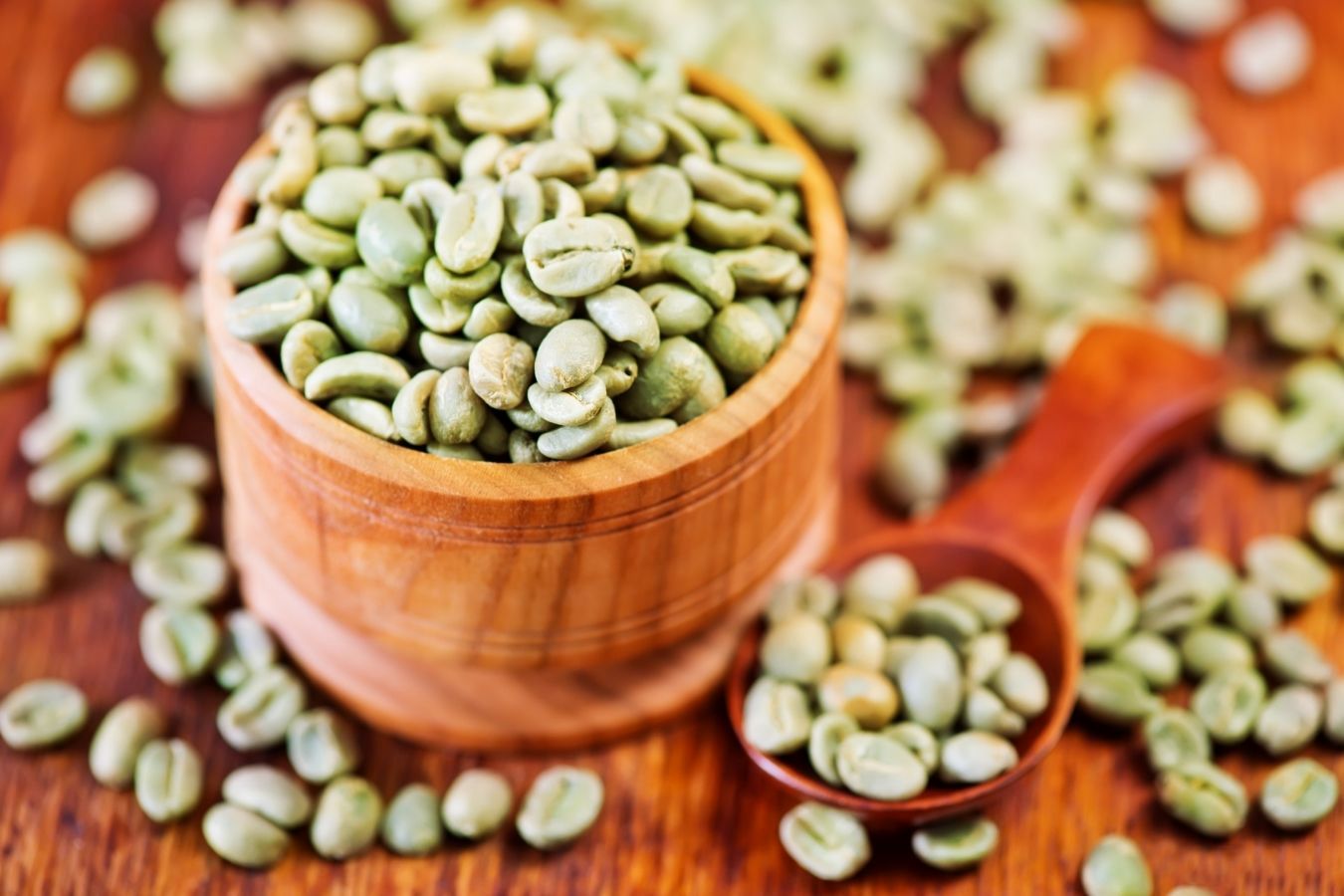

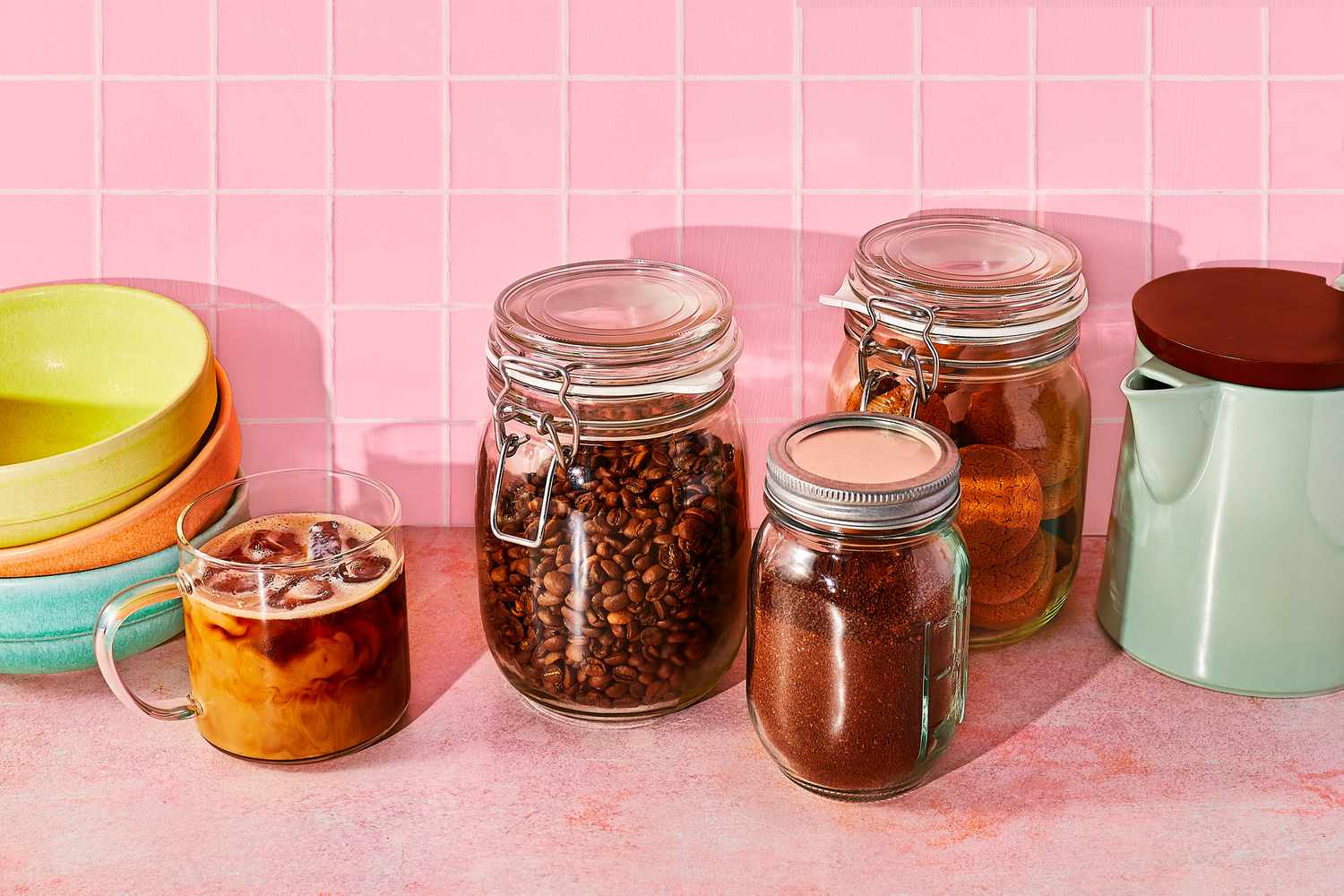
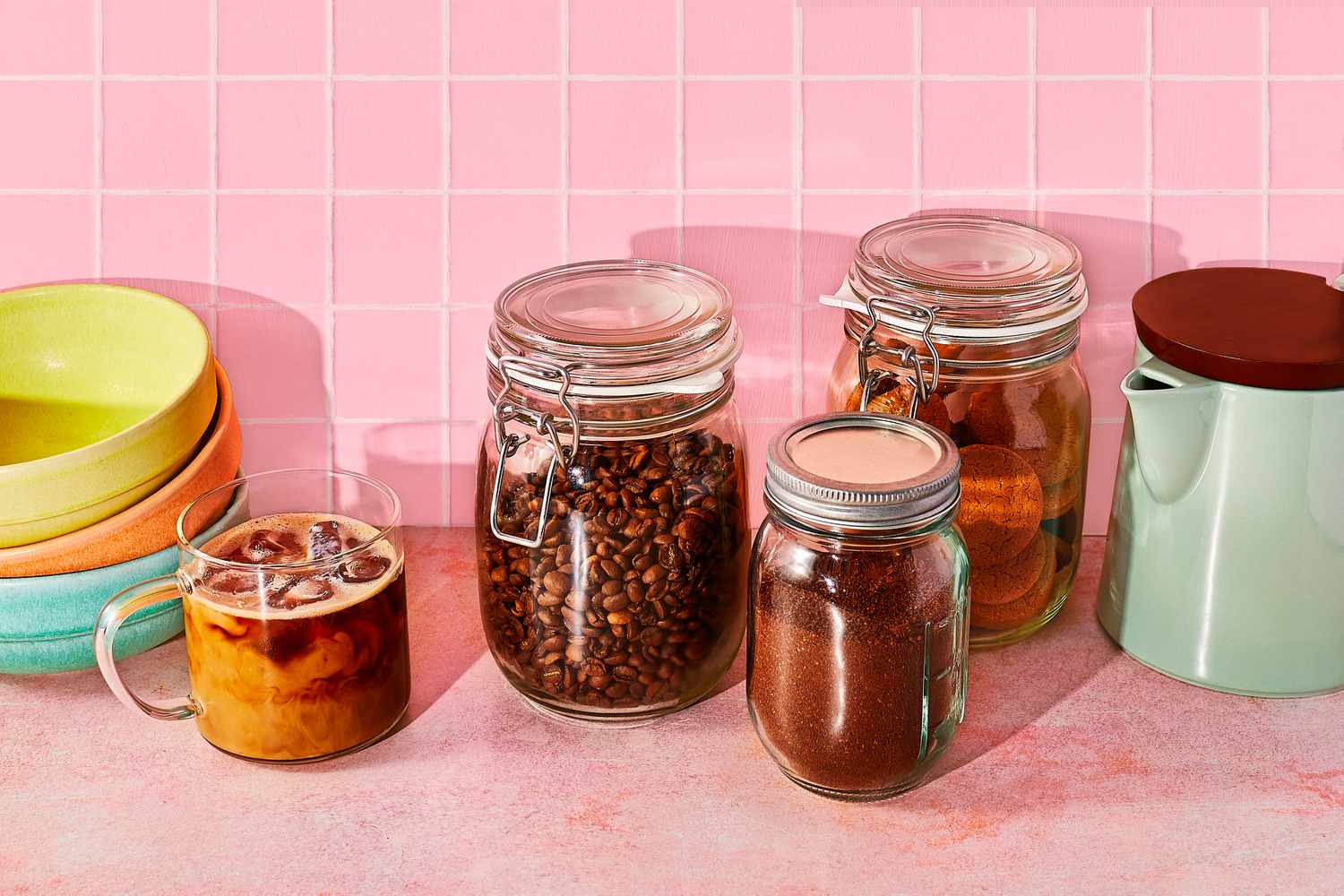

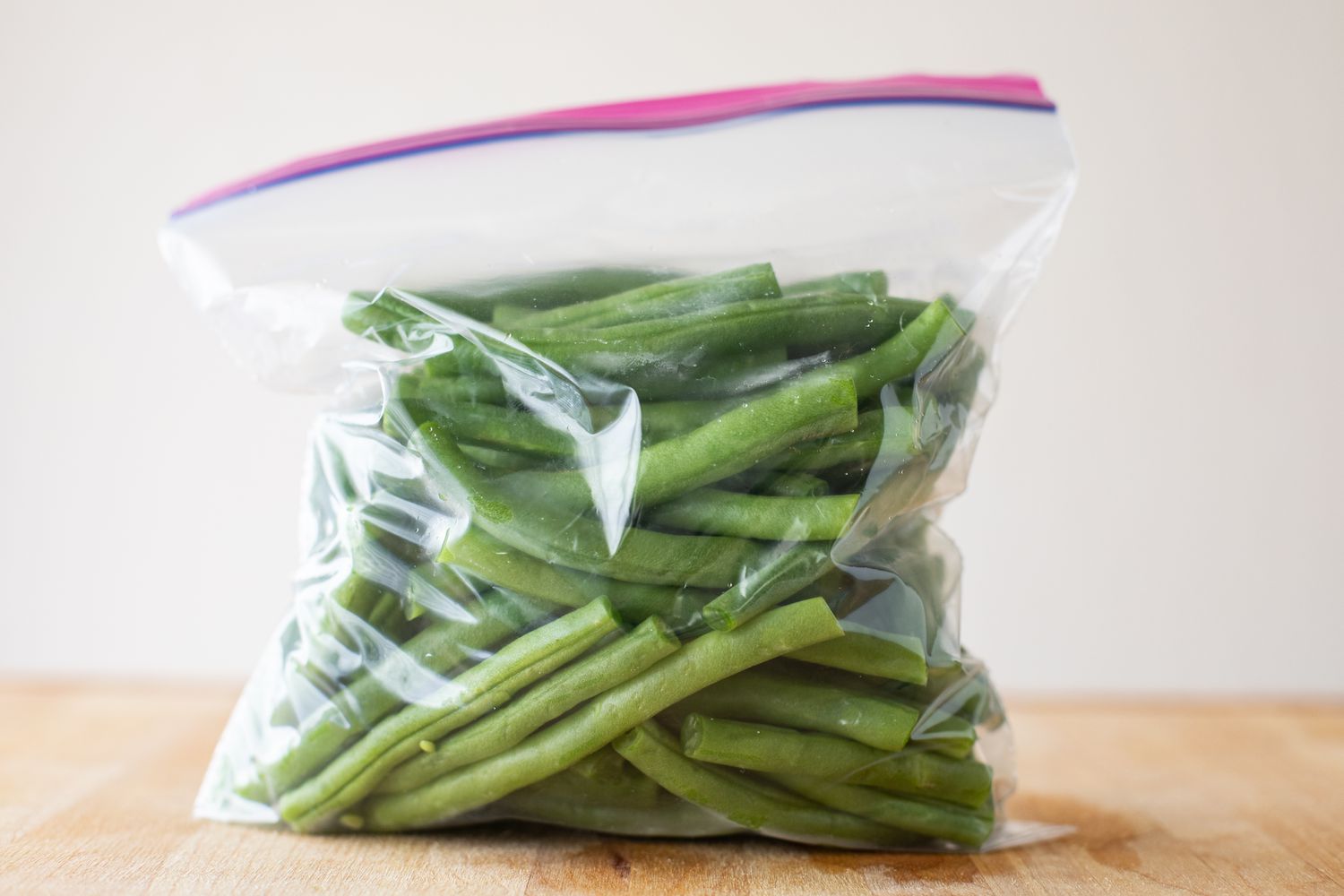
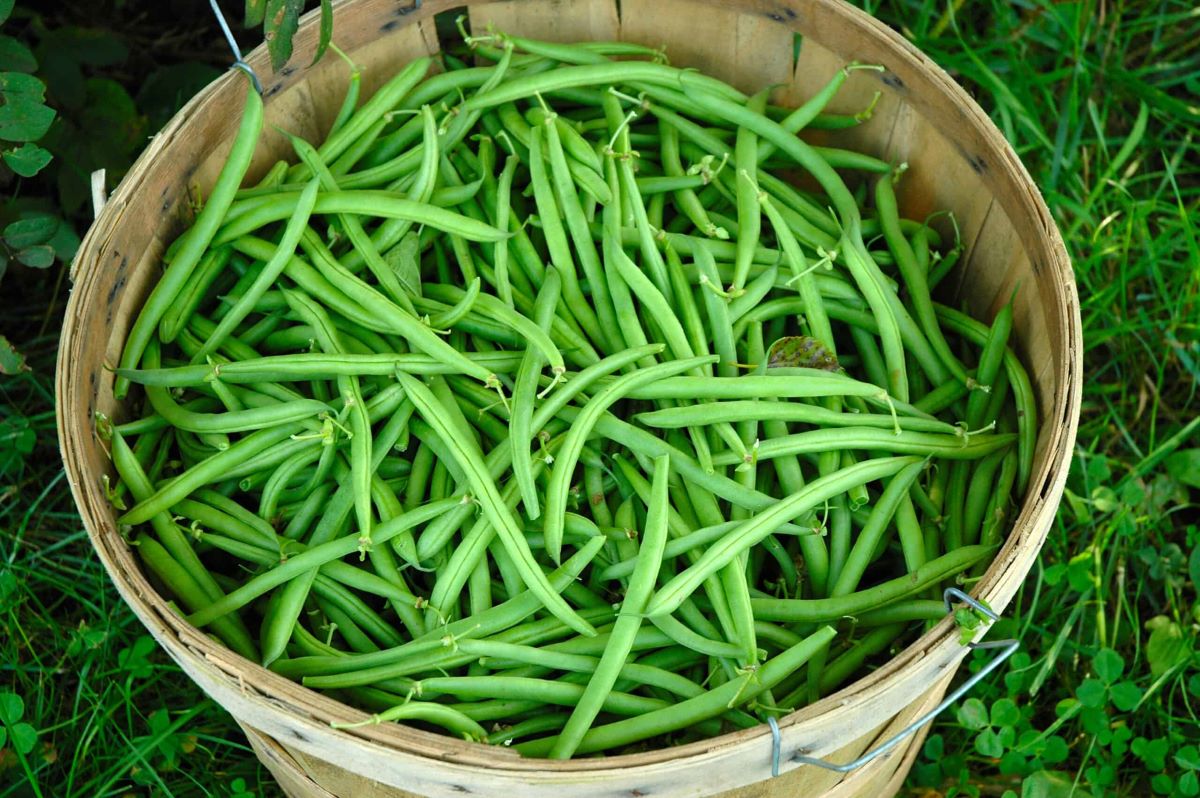
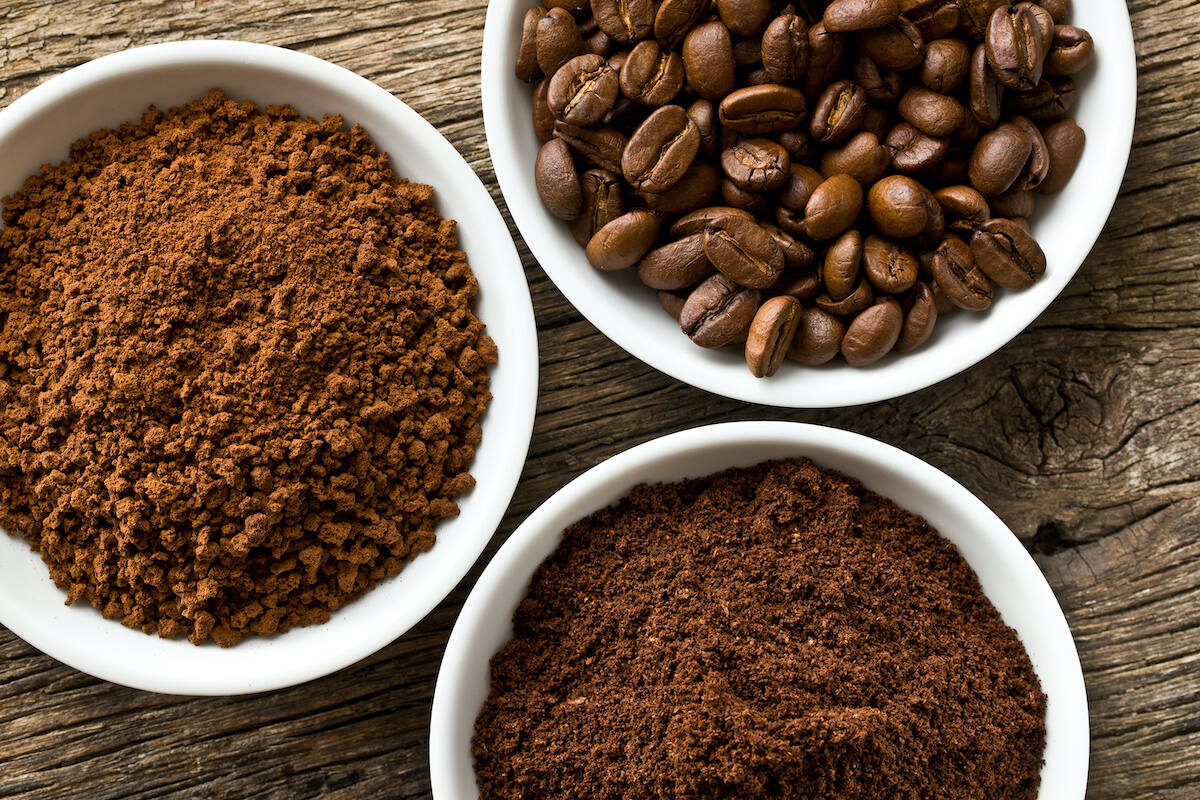
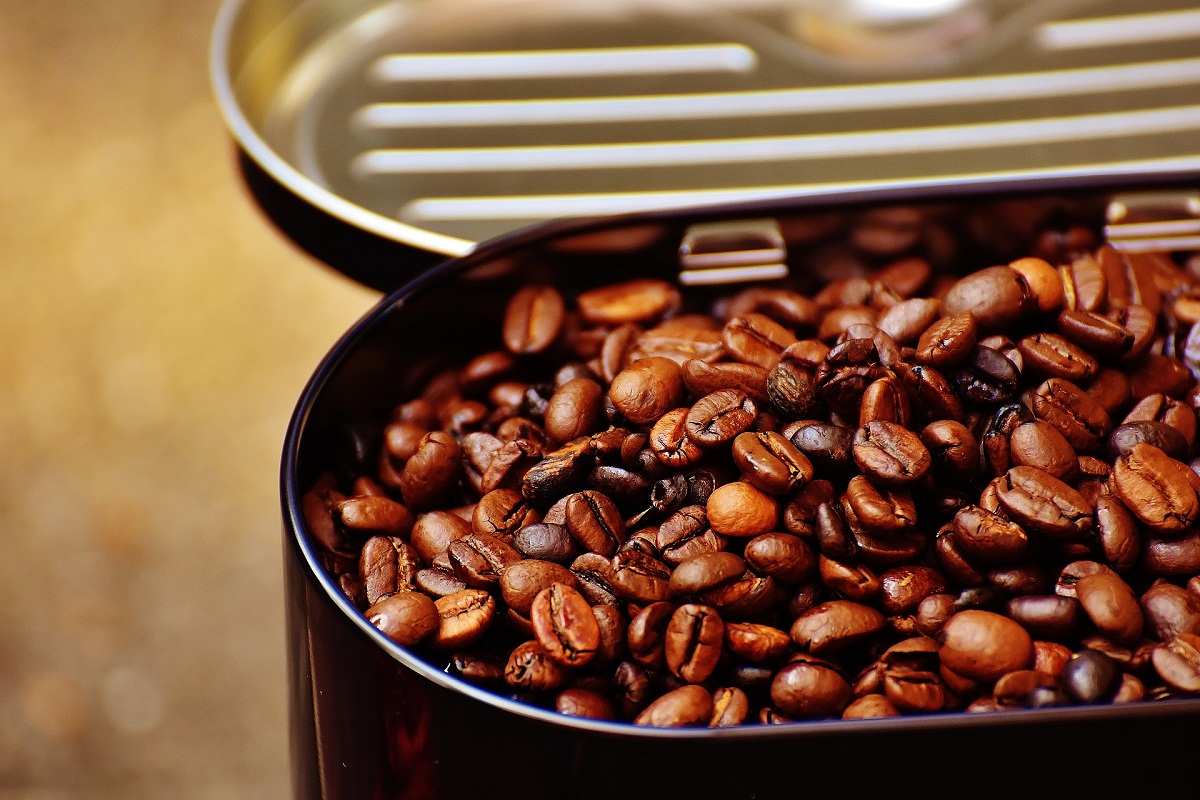
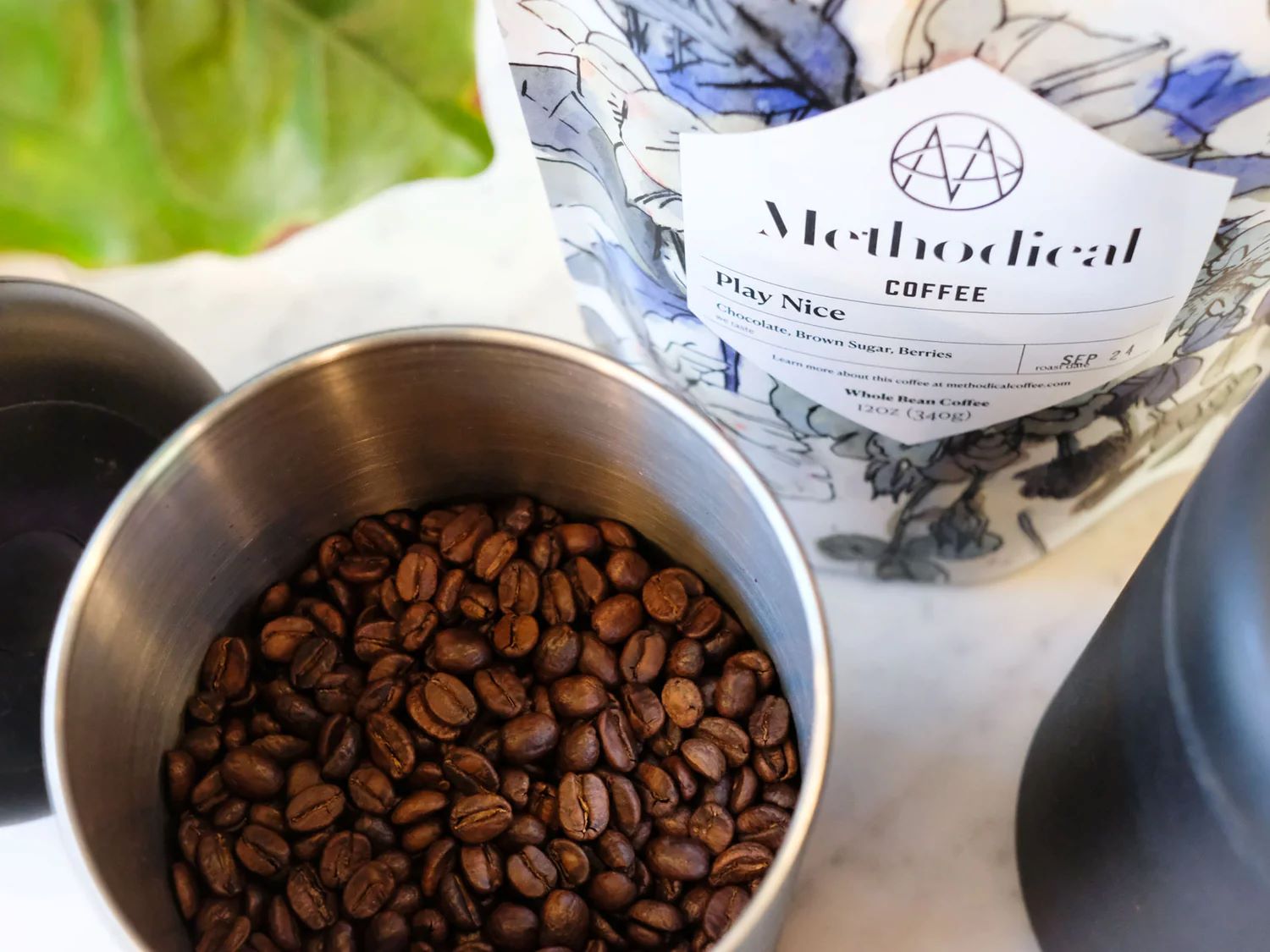

0 thoughts on “How To Store Coffee Beans For Freshness”